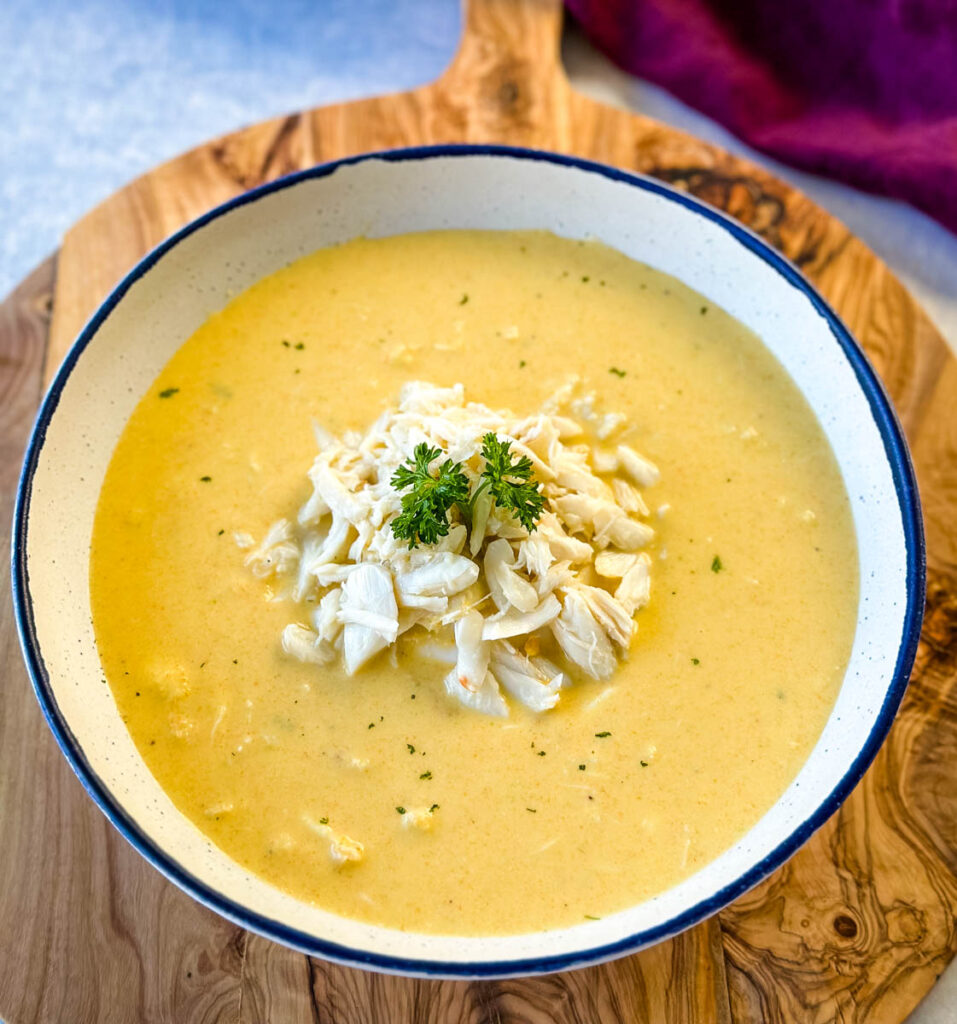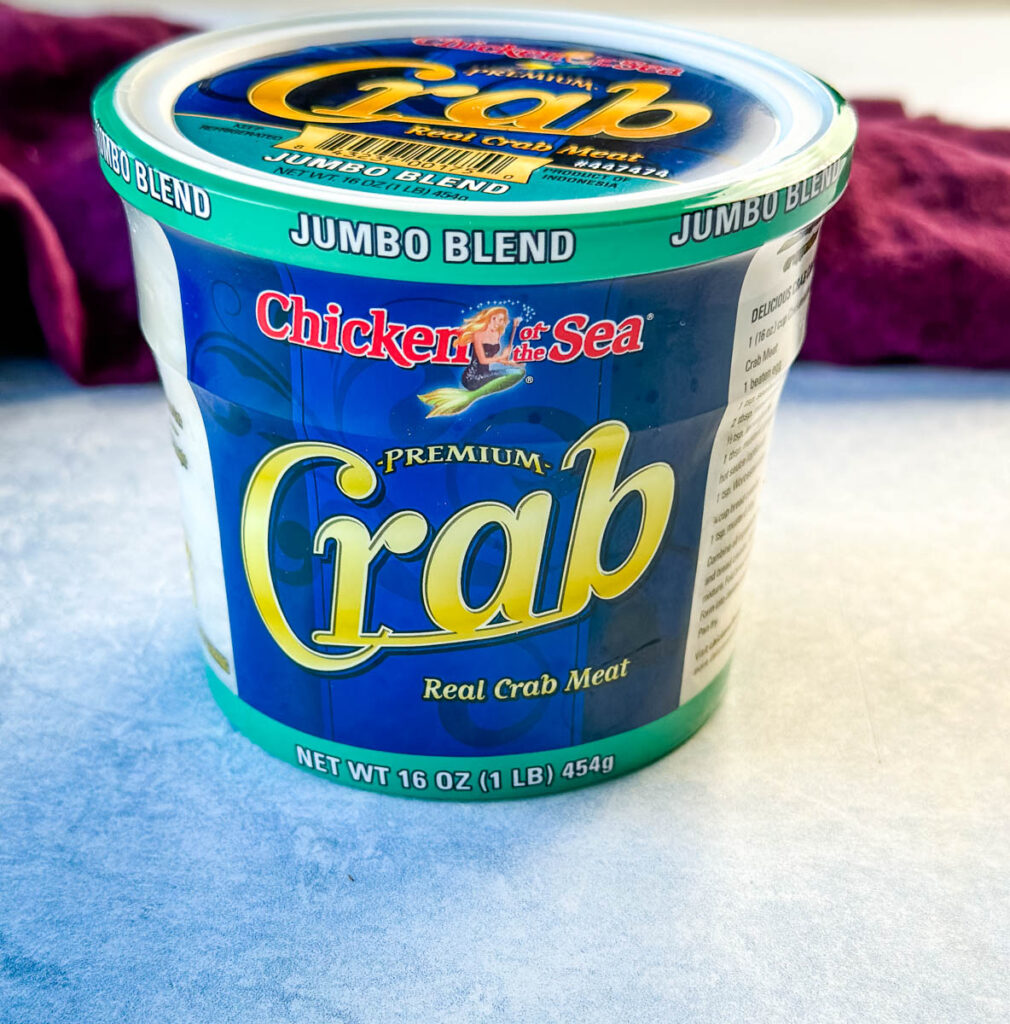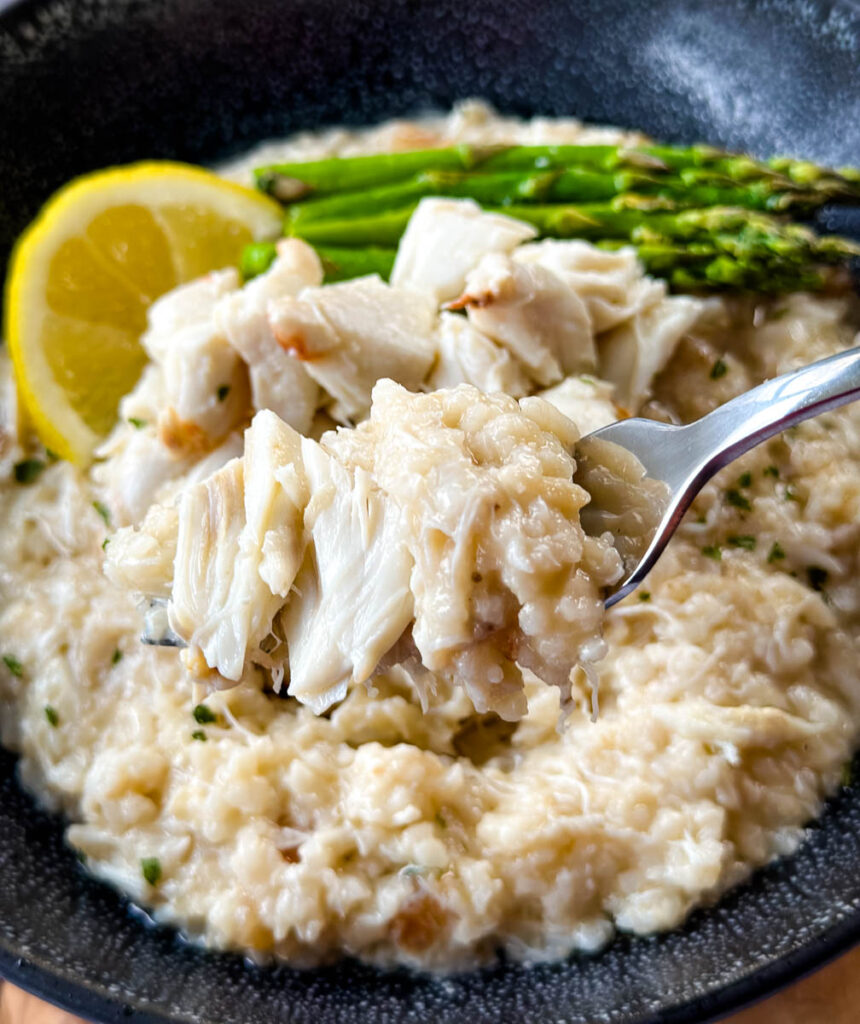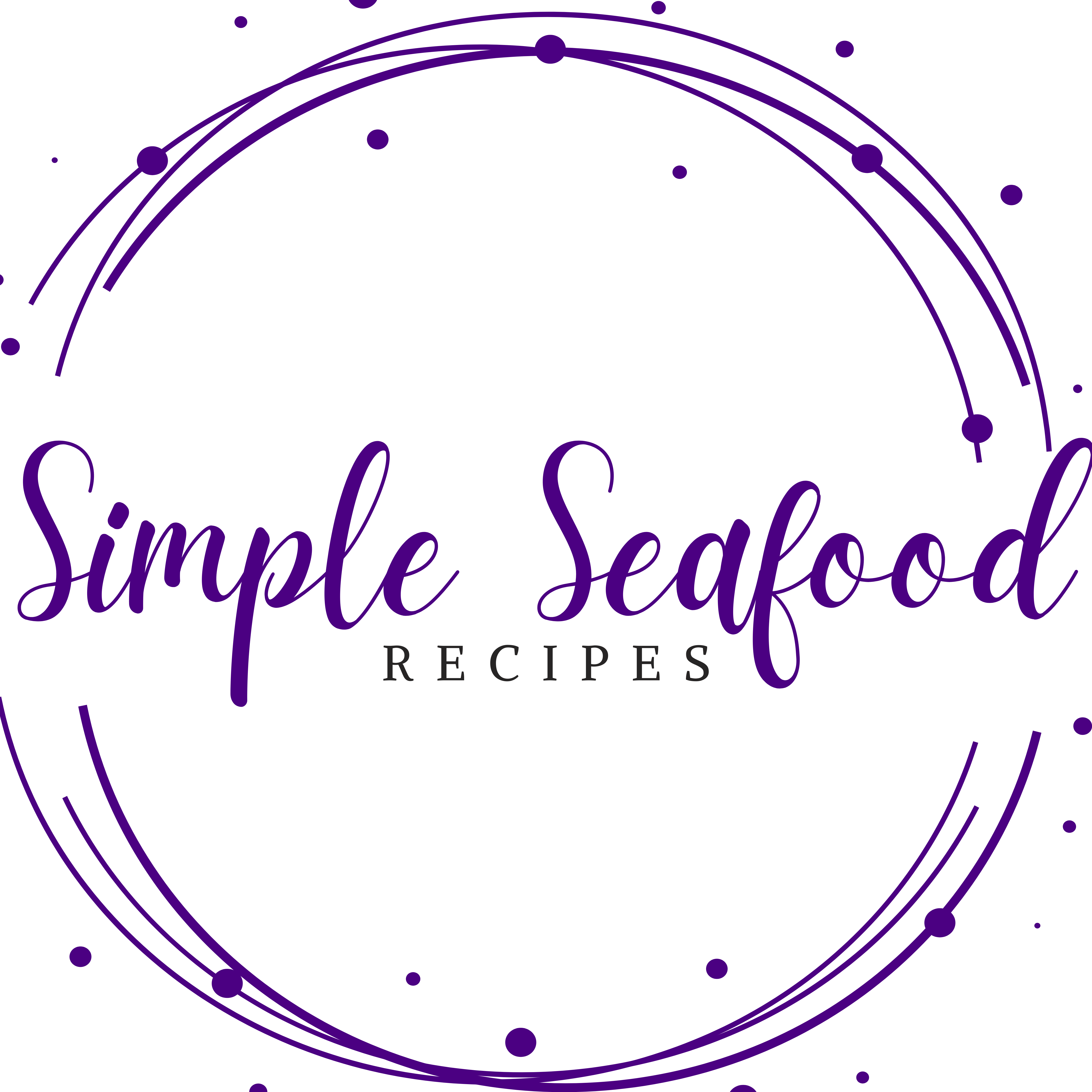What is it/What’s the Difference Between Other Types of Crab
Lump crab meat is a type of crab meat that comes from the body of the crab. It is considered to be the highest quality and most desirable type of crab meat due to its large, meaty chunks and sweet, delicate flavor. It’s typically more expensive than other types of crab meat, such as a claw or backfin meat, because it is more difficult to extract from the crab and requires a greater amount of processing.
Lump crab is often used in recipes that highlight the natural flavor of the crab, such as crab cakes, crab bisque, or simply served on its own with a squeeze of lemon juice. It is important to note that lump crab meat may contain small pieces of shell or cartilage, which should be removed before consumption.

How it’s Processed and Harvested
- Harvesting: Crabs are caught using a variety of methods, including traps, nets, or pots. The crabs are then sorted by size and gender, and only the larger crabs are used for meat production.
- Cooking: The crabs are then cooked in boiling water or steam to kill the crabs and loosen the meat from the shell. The cooking time and temperature can vary depending on the location and the desired final product.
- Cleaning and Picking: After cooking, the crabs are cooled and the meat is removed from the shell. The meat is then sorted and cleaned to remove any pieces of shell, cartilage, or other unwanted materials. The meat is typically picked by hand or with the aid of machines.
- Grading: Once the meat has been cleaned and picked, it is graded based on size and quality. Lump crab meat is the highest quality and consists of large, meaty chunks of crab.
- Packaging: The lump crab meat is then packaged in containers and typically sold fresh or froze

How Much Does it Typically Cost
The cost can vary depending on factors such as location, seasonality, and availability. Generally speaking, it’s more expensive than other types of crab meat due to its superior quality and flavor. The cost can range from around $20 to $40 per pound, with some high-end or specialty markets charging even more.
How to Tell if It’s High Quality
- Color: High-quality meat will have a bright, white color with some pink or red highlights. Avoid crab meat that appears gray or discolored, as this may indicate that the crab was not fresh or was improperly handled.
- Texture: It should be firm and meaty, with large, intact chunks. The meat should not be mushy, stringy, or have a rubbery texture.
- Smell: It should have a mild, briny scent. Avoid crab meat that smells overly fishy or sour, as this can indicate that the crab is not fresh.
- Packaging: Look for lump crab meat that is sold in airtight containers or vacuum-sealed bags to ensure freshness. Avoid crab that is not properly sealed or has been sitting in a display case for an extended period of time.
- Source: It’s important to purchase crab meat from a reputable and sustainable source to ensure that it is of high quality. Look for meat that is labeled as sustainably sourced or certified by organizations such as the Marine Stewardship Council.
How to Store it and Keep it Fresh
Proper storage is crucial for keeping the meat fresh and safe to eat. Here are some tips:
- Refrigerate promptly: It should be refrigerated as soon as possible after purchase. Place the crab meat in an airtight container or resealable plastic bag and store it in the coldest part of the refrigerator, which is usually the back.
- Use within a few days: It’s highly perishable and should be consumed within 2-3 days of purchase. If you are unable to use it within this timeframe, consider freezing it.
- Freeze for longer storage: It can be frozen for up to 3 months if stored properly. To freeze, place the meat in an airtight container or resealable plastic bag and remove as much air as possible before sealing.
- Thaw carefully: When you’re ready to use frozen crab, thaw it in the refrigerator overnight. Avoid thawing it at room temperature or in warm water, as this can promote bacterial growth and compromise its quality.

Nutritional Benefits
- Protein: It’s an excellent source of high-quality protein, containing around 20 grams of protein per 3-ounce serving.
- Omega-3 fatty acids: It’s a good source of omega-3 fatty acids, which have been shown to support heart health, brain function, and inflammation reduction.
- Vitamins and minerals: It’s rich in several vitamins and minerals, including vitamin B12, zinc, copper, and selenium. Vitamin B12 is important for energy production and nerve function, while zinc, copper, and selenium are all important for maintaining a healthy immune system.
- Low in calories and fat: It’s super low in calories and fat. A 3-ounce serving of crab meat contains only around 100 calories and 1 gram of fat.
Lump Crab Meat Recipes
Seafood Stuffed Mushrooms with Crab
Air Fryer Crab Cakes
Creamy Crab Bisque
Seafood Pasta Salad with Crab
Crab Quiche
Lump Crab Salad (Real Crab Meat)
Crab Risotto
More Guides and Tutorials
How to Cook Crab Legs
What to Put on a Fish Sandwich
How to Tell if Salmon is Cooked
How to Butterfly a Lobster Tail
How to Clean and Prepare Lobster Tail
How to Tell if Shrimp is Cooked
